Infographics / Resources
Climate Change and Global South
(Climate Change Infographics and Educational resources)
The curated resources collected on this page provide a sample of recent research endeavors, conferences and presentations, and digital platforms developed to study climate change. We focus our attention on South Asia, where each year communities across this region of the world have to battle one of the most extreme meteorological events in the world, the monsoon. The increasing intensity of climate change has amplified the severity of these seasonal fluctuations in precipitation. Communities–local and global–have been forced to grapple with the effects of climate change and the endangered condition of the environment. Scholars, artists, scientists, and philanthropies alike have invested in studying the dimensionality of climate change, enhancing our knowledge of climate patterns, and the far reaching humanitarian, economic, and ecological consequences of an incongruous environment. South Asia’s diverse cultural matrix and environmental composition make it a uniquely interesting and important region to study the effects of and responses to the current climate crisis.
The 2022 flood in Pakistan was a particularly crucial climacteric in reckoning with the human and environmental cost of climate change. Between June and September, approximately ten percent of the county experienced catastrophic flooding. Thousands were killed, millions displaced, and the country’s cultural heritage, agriculture, and economy were devastated. This extreme weather event exposed the glaring inequities and disproportionate effects of climate change on the world’s most vulnerable, poor, and marginal communities. Pakistan’s catastrophic weather event warrants more attention, and with our attentive focus on South Asia, we wanted to include a section dedicated to the 2022 Pakistan flood. The articles culled on this topic represent a fraction of the international reporting, photo-documentation, and satellite images of Pakistan’s 2022 flood.
The page is organized into thematic sections: digital platforms that help to visualize South Asia’s changing climate, climate reporting in the wake of Pakistan’s 2022 flood, recent academic conferences about climate change, and advocacy for listening to and recognizing the imperative role of indigenous communities in protecting the environment.
Resources curated by Victoria Andrews.
Visualizing Data on Climate Change
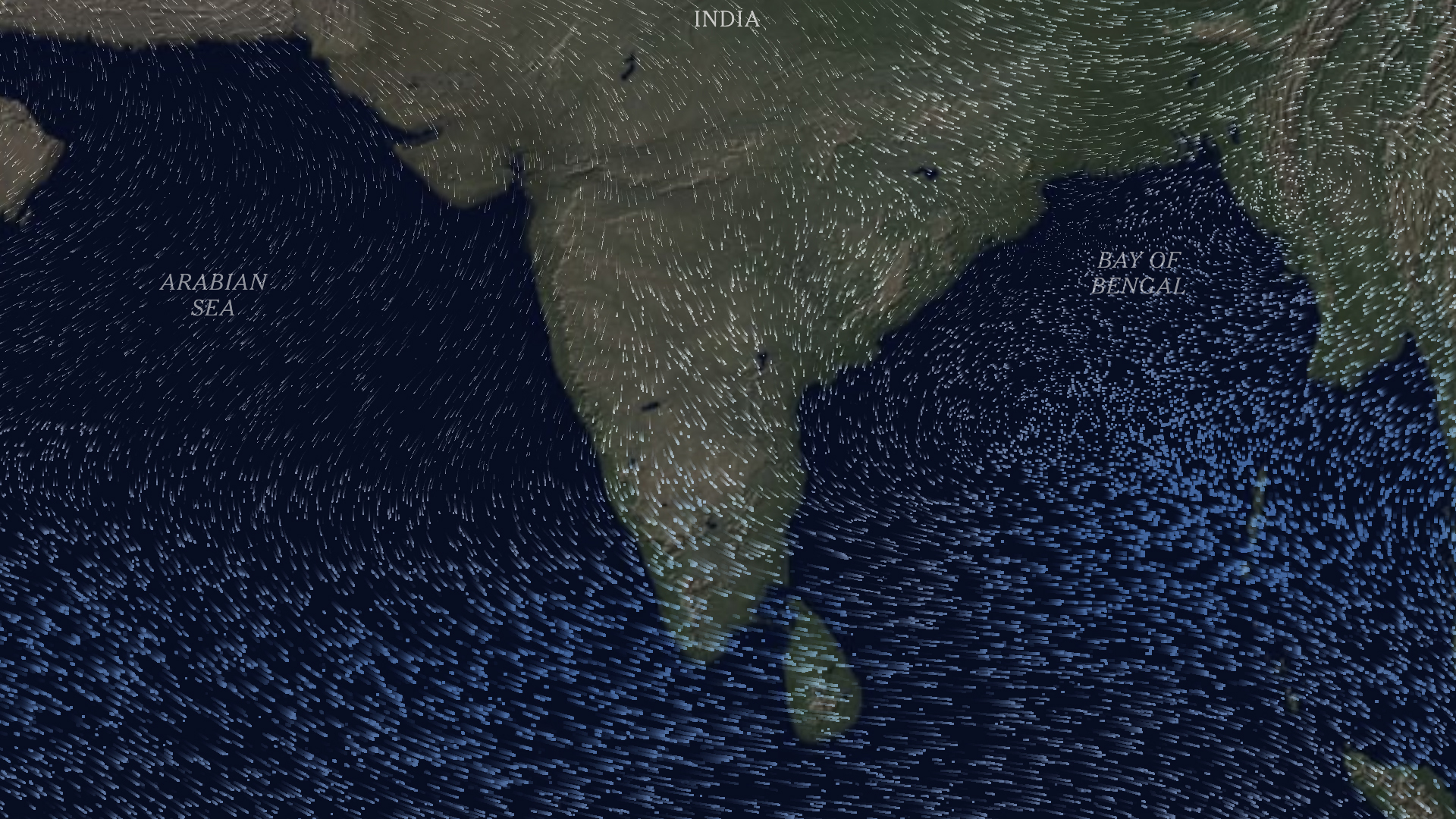
Visualizing Monsoon Rhythms: interactive maps
This interactive digital platform developed by the New York Times combines precipitation data with climate journalism and photo-documentation. The site’s mapping tool enables the reader to visualize patterns in monsoon rainfall across South Asia while also reading about the economic, cultural, and agricultural effects of the monsoon on communities in different regions. The website weaves together current data as well as future rainfall data projected by scientists based on the ever-accelerating rates of climate change. Between maps, the website includes interviews with farmers, information about meteorological research and a pinch of history about the importance of monsoon on the economy, culture, and development of South Asia. Consequently, this website provides a useful digital interface for a wide ranging audience with diverse interests and learning levels.
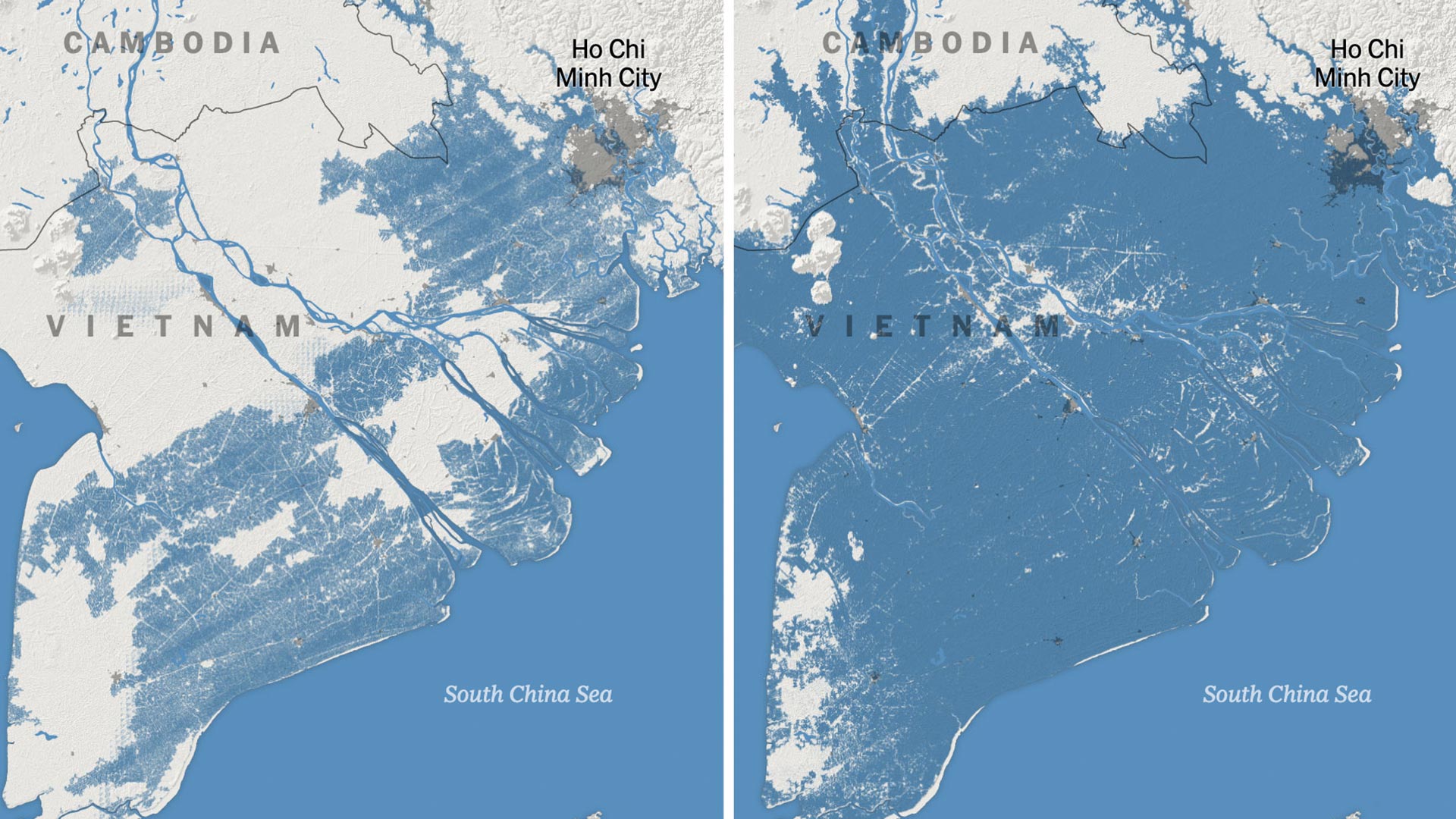
Calculating Sea Level Rise: Projected Data and Satellite Images
In 2019, climate scientists with the assistance of artificial intelligence developed a new method for calculating anticipated sea level rise by the year 2050. This article from the New York Times reports on the new method and includes side-by-side satellite images of the previous and updated projections for coastal regions in South, East, and Southeast Asia. These satellite maps help the reader to visualize the massive scale of the impending environmental pressures and that changes in sea level will have on these coastal communities. The disappearance of sea sides (from the western coast of India to Vietnam and China’s coast with the East China Sea) will inevitably perpetuate the compulsory movement of millions of citizens, the demise of coastal city infrastructure, and the loss of cultural heritage. This article and the work of the climate scientists aim to demonstrate how sea level changes are not exclusively an environmental concern, but also have far reaching political, economic, and social consequences.
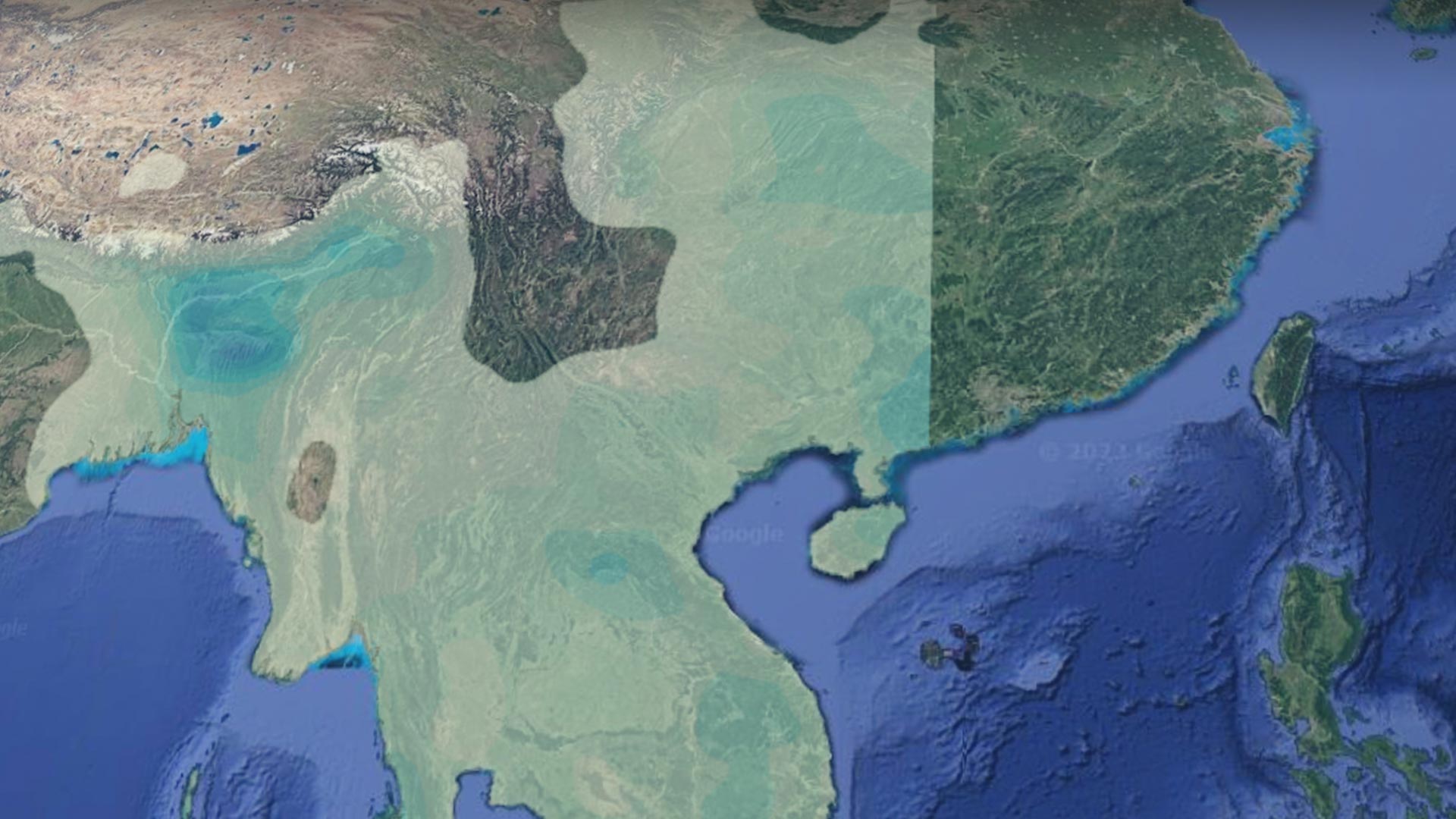
Tracking Seasonal Changes: Satellite Imagery of the Monsoon and a Bird’s Migration
This digital interface uses Google Earth imaging technology to track and correlate monsoon rainfall data with the seasonal migration patterns of the chataka bird. While centuries of storytellers and poets have drawn inspiration from the symbolically potent relationship, this digital platform enables us to visualize the geographic expanse of the relationship between the itinerant chataka (a pied cuckoo) and annual monsoon cycles. This website analytically tracks the distribution of bird side-by-side with monsoon rains to demonstrate climate and nature’s interconnectedness.

Thirsty for Resources: a digital field trip along India’s Yamuna River
The Global Urban Sustainability Center (GUSC) with support from the American Institute of Indian Studies created this digital field trip to guide and educate the reader about the sacred Yamuna River in India. The Yamuna River is one India’s most important and most sacred rivers, yet it is one of the most polluted rivers in the world. This website includes information about the river’s environmental context and contemporary concerns about its poor sanitation and its effect on ecosystems, agriculture, and megacities that depend on the river for its water supply. The website integrates this information with images and interactive mapping tools that help the reader to visualize the river’s physical geography and the severity of its condition.
Pakistan’s 2022 Flood

Massive Wreckage: Mapping Pakistan’s 2022 Flood
To help the reader comprehend the scale of the destruction wrought by Pakistan’s 2022 floods, Al Jazeera’s reporting by Alia Chughtai brings together on-the-ground reporting with before and after satellite images, maps, and photos of affected Pakistani communities. The article also includes statistics and stories from individuals impacted by the floods. These stories and photographs give the reader compelling representation of the massive wreckage from this severe and unprecedented flood.

Conversations with small communities: the disproportionate effects of Pakistan’s flood
In the article published by the Washington Post, journalist Susannah George highlights the disproportionate impact of the floods on Pakistan’s poor and most vulnerable communities. George’s on-the-ground reporting method includes conversations with small village communities as well as interviews with government officials. The excerpts from her conversations with local peoples alongside poignant photo-documentation provide the reader with a glimpse into the human toll wrecked by the severity of the flood and often inadequate government response.
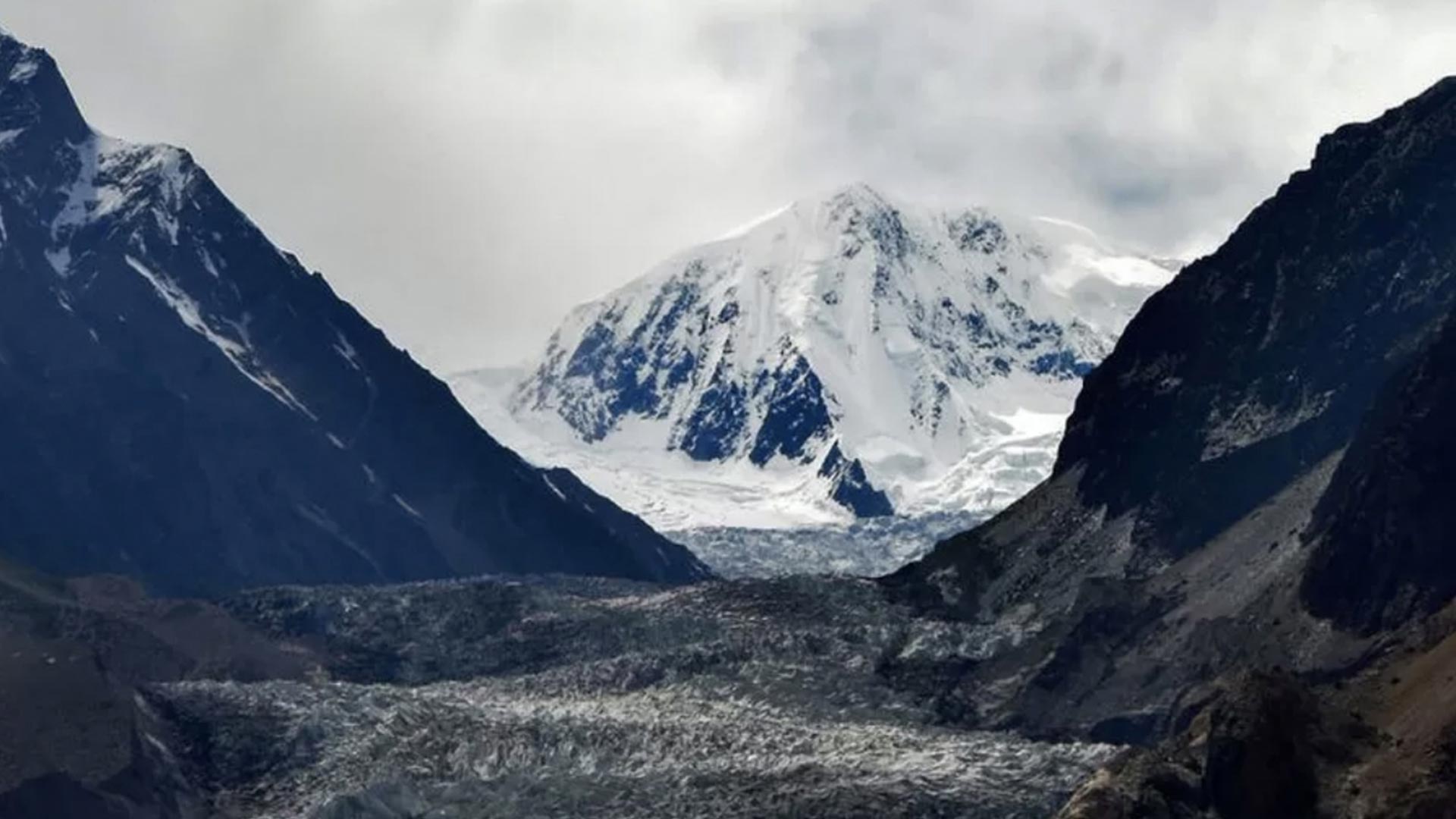
Revealing Injustices: the disproportionate effect of climate change
BBC journalist Georgina Rannard reports on how the 2022 Pakistan flood revealed the injustices and disproportionate effects of climate change on poor communities. Rannard points out that despite contributing less than 1% to the global greenhouse gasses, Pakistan’s unique geographic positionality, Himalayan glaciers, and adjacency to the Indian monsoon make the country particularly vulnerable to the effects of climate. Rannard’s interviews highlight how poorer communities are more threatened by the increasing severity of climate change induced catastrophes because of their insufficient resources to anticipate and respond to crises.

Entangled Climate Change
Smriti Malllapaty’s concise article for Nature focuses on concurrent weather events, such as early heatwaves, glacial melt, rainfall patterns, and La Nina, that catalyzed and intensified Pakistan’s 2022 flood. Her attention to these coinciding environmental and meteorological factors provides a larger framework for recognizing the interconnectedness of weather patterns.
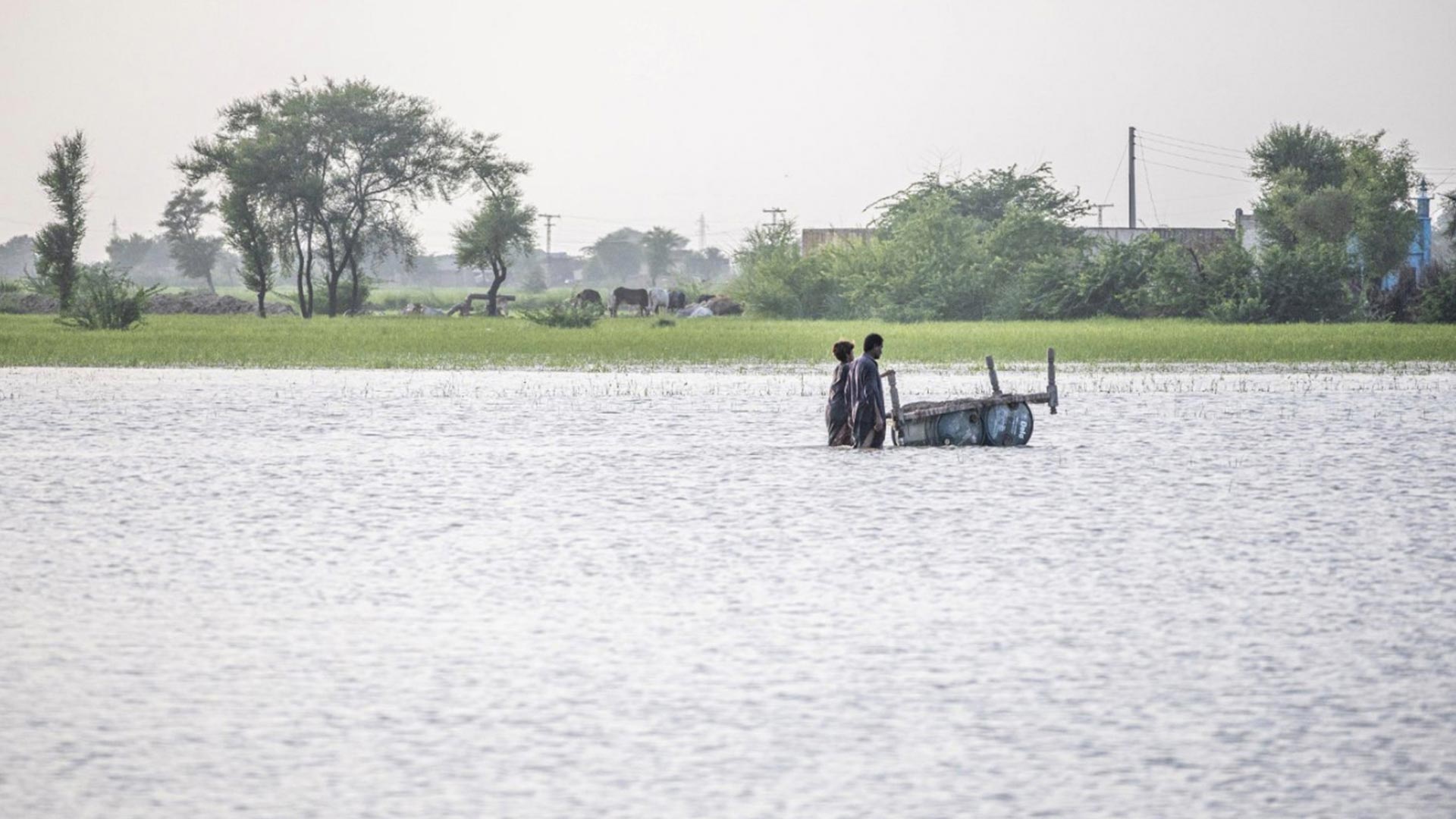
A Call to Action: reflecting on Pakistan’s flood after one year
Nearly one year after Pakistan's devastating 2022 flood, Rachel Cleetus wrote this reflective essay. She begins by detailing the dizzying statistics wrecked by the catastrophic flood. She then steers the article toward elucidating the five main lessons gleaned in the wake of the flood and the global response, or lack thereof, to the severe weather event. Cleetus perceives the flood and its inextricable connection to climate change as a call to action. Wealthier countries and the largest consumers of heat-trapping fossil fuels must be held accountable for their reckless emissions, and international financial institutions need to reform their policy to align with climate and sustainable development goals.
Generating Conversations:

Effective Solutions: an interdisciplinary panel on climate change
In 2021, Cornell University hosted an international and interdisciplinary conference titled “Rhythms of the Land: Indigenous Knowledge, Science, and Thriving Together in a Changing Climate.” Their aim was to produce effective responses to anthropogenic climate change. In particular, they were interested in the disproportionate effects of anthropogenic climate change on indigenous and rural communities and how their research can anticipate climate change at a community level and generate climate adaptation strategies.

Water Crisis Workshop: discussions on the subcontinent’s human and environmental vulnerabilities
Manan Ahmed at Columbia University led a workshop, “Worlds at Waste: The Crisis of Water in the Subcontinent”, to generate discussions about recent severe weather events and reflect on the imminent concerts about climate change. With millions of people across South Asia displaced from extreme weather, this conference concentrated on the human and environmental vulnerability in non-western contexts with particular attention to indigenous and historical meteorological resilience. The 2023 series focused on water, and their plan for the next extension on the workshop is to focus on air and land in the upcoming academic year. Media report on the workshop
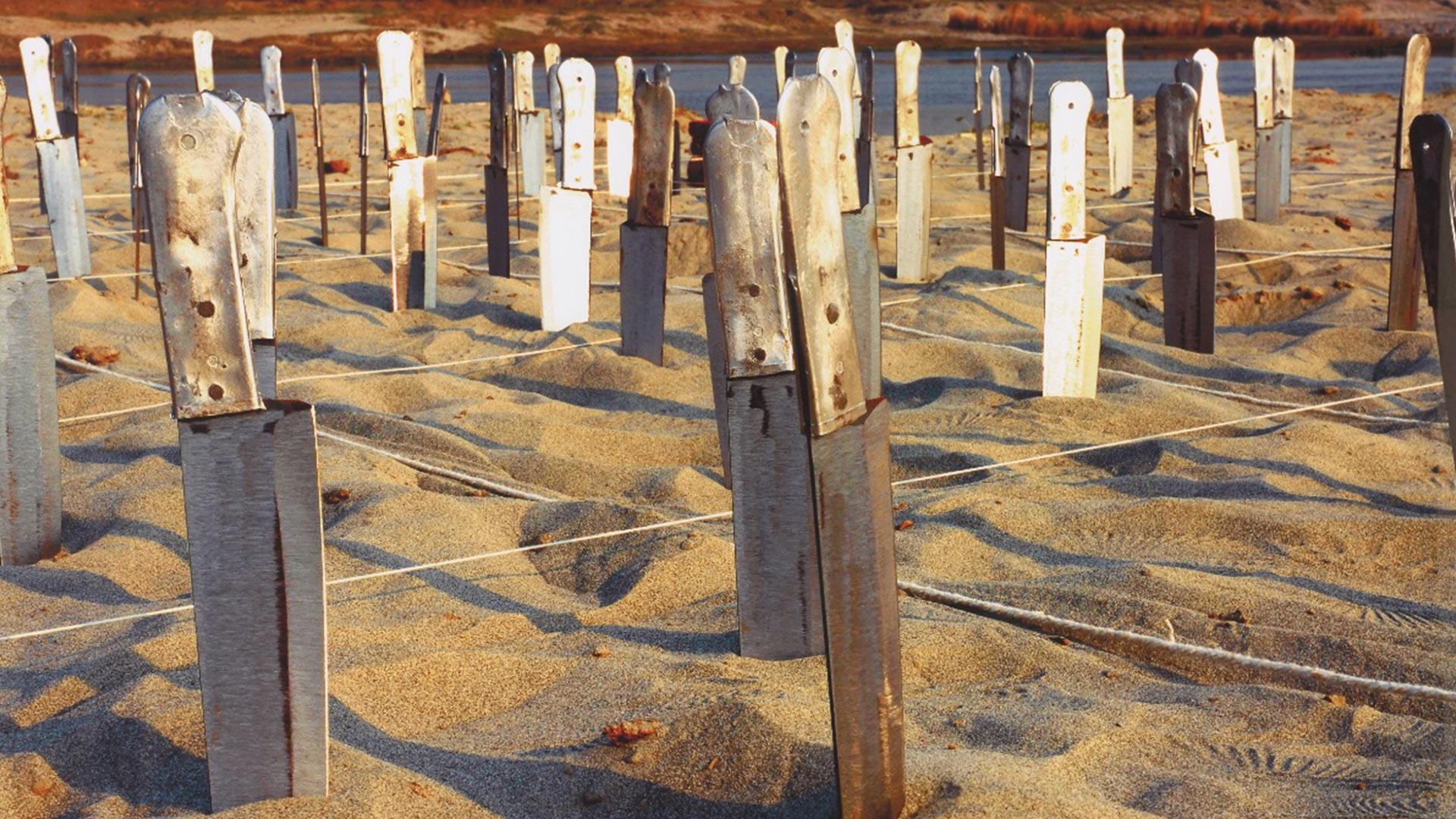
From the Yamuna to the Anacostia: rivers and environmental justice across the world
The Smithsonian hosted a discussion that centered around water histories around the world and current efforts to address the detrimental condition of many of the world’s most important water resources. The event was held in conjunction with the concurrent 2022 exhibitions A Splendid Land: Paintings from Royal Udaipur and Unstill Waters: Contemporary Photography from India.
Climate Justice in a Time of Crisis:

Journey Down the Conambo River: indigenous guardians of the Amazon
Gleb Raygorodetsky brings the reader on his journey down the Conambo River and through Ecuador’s jungles. His article gives the reader a unique purview into the incredible biodiversity of these rainforests and the importance of the relationships cultivated between indigenous peoples and tropical jungle ecosystems. For generations, indigenous peoples have been the guardians of these territories, living in balance with the environment and preserving the jungle’s biological abundance. Modernity’s rampant appetite for extracting natural resources, the rapid rate of climate change, and the displacement of indigenous peoples threaten both the human and nonhuman biodiversity of Amazon jungles. To protect the roles of indigenous peoples and support their relationships with jungles in the Amazon, Raygorodetsky suggests drawing inspiration from community-based resource management programs and indigenous rights legal frameworks developed elsewhere around the world.

‘Blue Ecology’: advocating for water-first ecosystem management
Michael Blackstock’s essay addresses both the centrality of water in climate change and the diverse relationships indigenous peoples in North America cultivate with water. On the one hand, he highlights the biological aspects of water and the changes in its seasonal rhythms wrought by climate change. On the other hand, he examines water’s contribution to local belief systems and its legal standing among indigenous peoples. He advocates for “blue ecology”, a comprehensive water-first approach for ecosystem management. Blue ecology accounts for the biological and spiritual function of water in maintaining global livelihoods. (Blackstock’s essay is included in a blog started in 2014 by the limnologist Nina Munteanu. The website tracks how water interacts with landscape and the effects of contamination and climate change on ecosystems and human communities. It provides persons interested in learning about the innumerable ways in which water sustains and life a platform for furthering their knowledge.)

Water Guardians: the living spirit of water for the Anishinaabe peoples
In this radio show from the Unreserved, host Rosanna Deerchild talks about the relationships that indigenous communities, such as the Anishinaabe, maintain with their land and water resources. For indigenous communities across the Americas, being caretakers of water and land resources is connected to their spiritual beliefs, traditions, and communal health. Today, climate change combined with resource exploitation: pollutant contamination, overfishing, clearcutting forest and land threaten their ancestral traditions and the healths of their environments. Deerfield speaks with indigenous peoples to hear their stories about changes they have witnessed in the water and land and the Anishinaabe’s current efforts to protect the health of their water. She also speaks with Pamela Palmater about her recent documentary film Samqwan, meaning water in Mi’kmaq language. "We pray for that water because water is a living thing. It's not a commodity. We look at it as a spiritual element."

Entangled Landscape: the environment, the sacred, and anthropogenic climate change
Karim Kassam’s chapter examines the interconnected relationships among humans, the sacred, and the ecological in the Pamir Mountains of Central Asia. He seeks to unpack how the sacred is affecting and being affected by human perpetuated climate change. To chart the interaction between anthropogenic climate change and human engagement with the sacred, Kassam studies the usage of ecological calendars by people in Pamir. An ecological calendar, as opposed to solar or lunar calendric systems, tracks time through observations in the rhythms of seasonal changes and integrates the biophysical, sociocultural, and religious aspects of the environment. The ability to recognize patterns in the passage of time on an ecological level is context specific and requires the accumulation of generational knowledge and intimate relationships with the land, and Kassam’s essay examines how the Pamir have recalibrated their ecological calendars in the wake of the current climate crisis and its unpredictable fluctuations in meteorological events. Kassam’s essay is an excerpt from a longer digital book. Its other chapters can be found: here

Climate Crisis and LGBTQIA+: a more inclusive climate movement
This short essay explains the particular vulnerability of LGBTQIA+ communities across the globe to the effects of climate change. Inequalities in access to housing, employment, and health services disproportionately affect and threaten the LGBTQIA+ community. For example, the author draws our attention to transgender individuals in Pakistan who do not have government access cards, which made it more difficult if not impossible for them to receive aid after the 2022 flood. The essay argues that in order to create an inclusive climate movement that benefits the most people, we must take into consideration how the climate crisis disproportionately affects minority communities and the sub-groups within them.

Caretakers of Biodiversity: stories from the life of a Yanomami elder
Emil’ Keme’s 2022 presentation (at Harvard Radcliffe Institute) explores the ancestral principles of indigenous peoples in one region of the Amazonian rainforests. His talk centers around the biography, The Falling Sky, that tells the incredible life story of Davi Kopenawa, a Yanomami elder and land protector. For the Yanomami people, the forest is inextricably bound to the sacred and recognized as a family member. Davi Kopenawa’s life’s work is to protect relationships cultivated between the Yanomami peoples, their beliefs, and the environment as well as to educate those destroying the forests about Yanomami beliefs and culture. By weaving together stories from Davi Kopenawa’s life and Yanomami mythology, Keme’s talk emphasizes the importance of indigenous people as guardians of biodiversity. See also: The Netflix documentary, Aúltima Floresta, about the Yanomami and their extraordinary caretaking of and relationships with the rainforests.

Building Resilience: learning from local and indigenous communities
Margaret Redsteer builds her Tanner lecture around the theme of resilience. She asks how do we build resilience and how can we learn from local, indigenous communities that have resilience? By weaving together stories from her own life with stories learned from her research on southwestern tribal lands in the United States, Redsteer argues that we have to look to and understand local and indigenous people’s relationship with the environment. Their knowledge extends from generations of experience and listening to the needs of the land, and resilience–the capacity to withstand and respond to change–is built into their relationships to the environment. As we grapple with continuous record-breaking changes in the climate, Redsteer’s lecture evinces the benefits of incorporating local and indigenous environmental knowledge in the sustainable and cooperative solutions we cultivate.
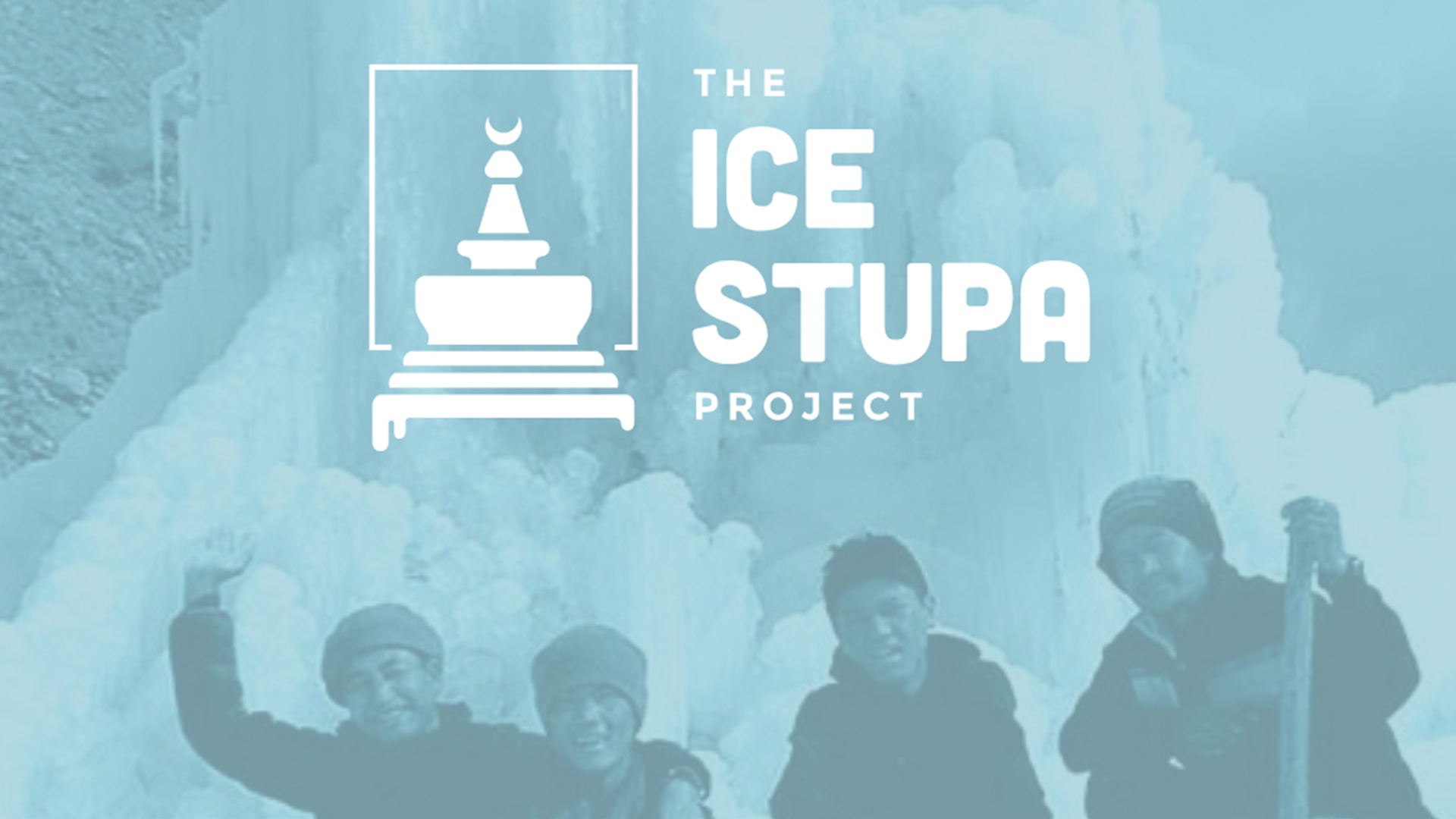
Protecting Water Sources: hydrological interventions in Western Himalaya
In the high altitude regions of Ladakh and Zangskar in the western Himalayan region of northern India, water shortages threaten the livelihoods of numerous villages. These villages depend on glacier melt as a primary water source, but with the unstoppable acceleration of glacier melt and unprecedented rate of domestic tourists, these water resources are quickly becoming depleted. Communities across the region are working urgently to address the issues and produce sustainable solutions to offset the impact of climate and cultural change. One such project is the ice stupa initiative. This project weds artificial glacier building with known architectural models, namely the stupas–a particular type of Buddhist funerary architecture common to the area. In the past few years, seasonal ice stupa building has gained popularity with numerous villages experimenting with water pumping systems to build the ice structures over the winters. Solar water pumps to bring water to villages where the glaciers have vanished. One example is Pishu in Zangskar. The film and project is spear headed by Lobsang Angtak.

Spiritual Ecology and Legal Rights for Nature: an essay on recent Yamuna and Ganga policy
Kelly Alley’s essay, “River Goddesses, Rights, and Personhood,” looks at the intersection between legal traditions, religion, and existing environmental protection policy in India. Her paper foregrounds the recent legal cases that designated the Yamuna and Ganga rivers along with their tributaries as juristic persons. She addresses both the benefits and potential (political) ramifications for designating legal rights to nature. Through these two case studies, she considers how legal interventions–distributing rights to nature–might effectively work in tandem with spiritual ecology as a framework for linking religious practice and environmental concerns.
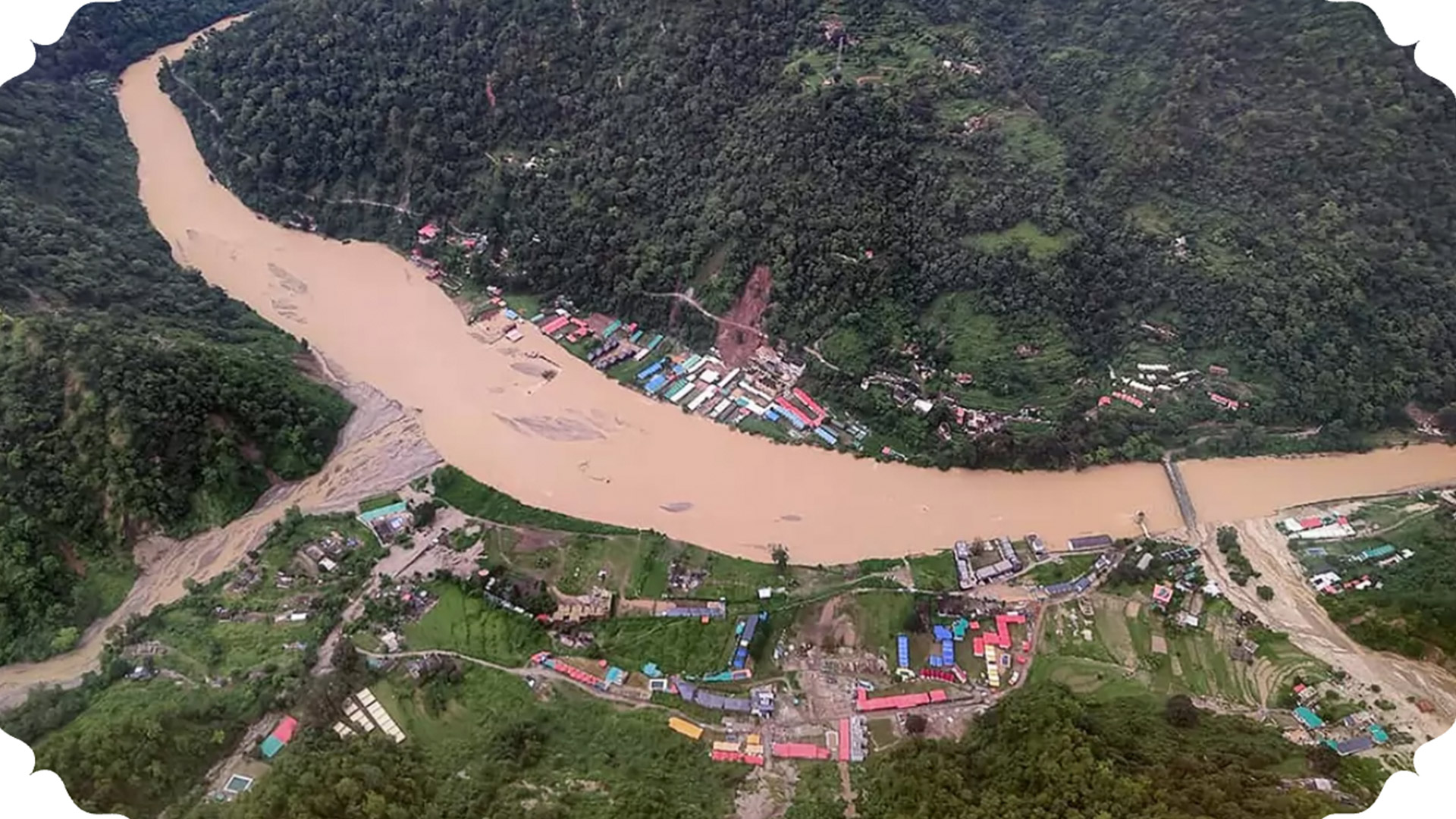
Dams, Rivers and People: India’s Crisis
SANDRP (South Asian Network of Dams, Rivers and People) is a network of organizations and individuals that focuses on water related issues across India. From rivers and floods to water infrastructure and governance, the SANDRP digital platform’s goal is to generate awareness about and comment on water related concerns and events in India. Like many others around the world, they espouse the necessity of taking action to curb environmentally destructive business and government approved activities. Their bilingual blog demonstrates the urgency of action and importance of advocating on behalf of the environment through the lens of water issues. Their website archives their new articles, publications, and bulletins, which gives us a greater scope for understanding how the climate crisis and government responses to the water crisis has changed in the recent past.